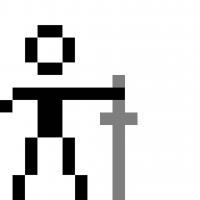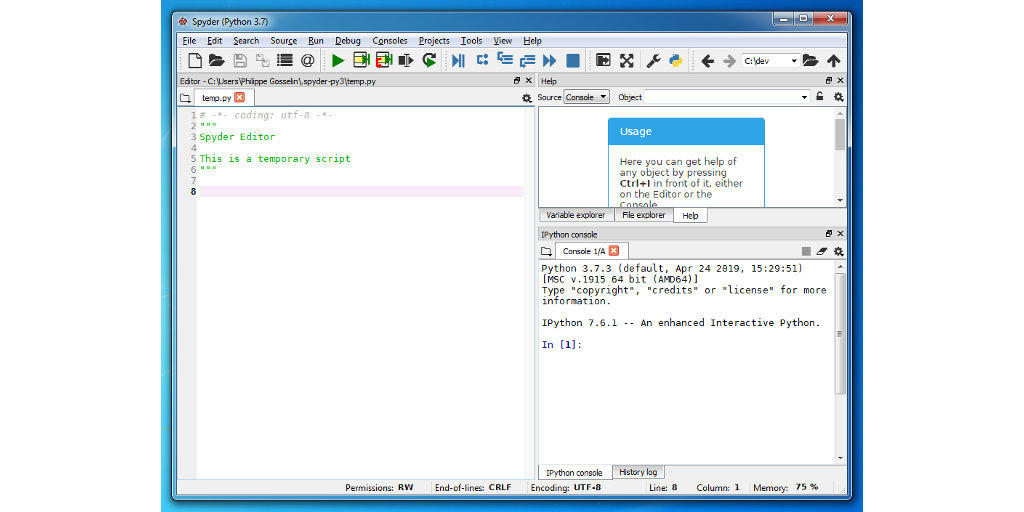
In this series, I propose an introduction to programming for beginners. To do so, I choose the Python language, which is today one of the best (if not the best) language to discover programming. And, as you may guess, we’ll program games
Before starting anything we need a development environ…
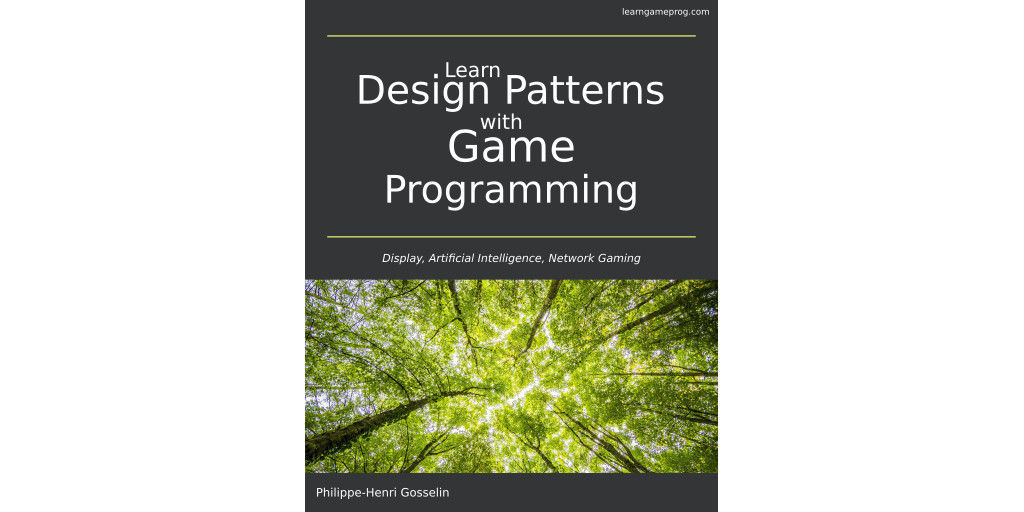
The paperback version of my book "Learn Design Patterns with Game Programming" is finally out!
The Kindle version is updated with some improvements and is still freely available if you subscribed to Kindle Unlimited.
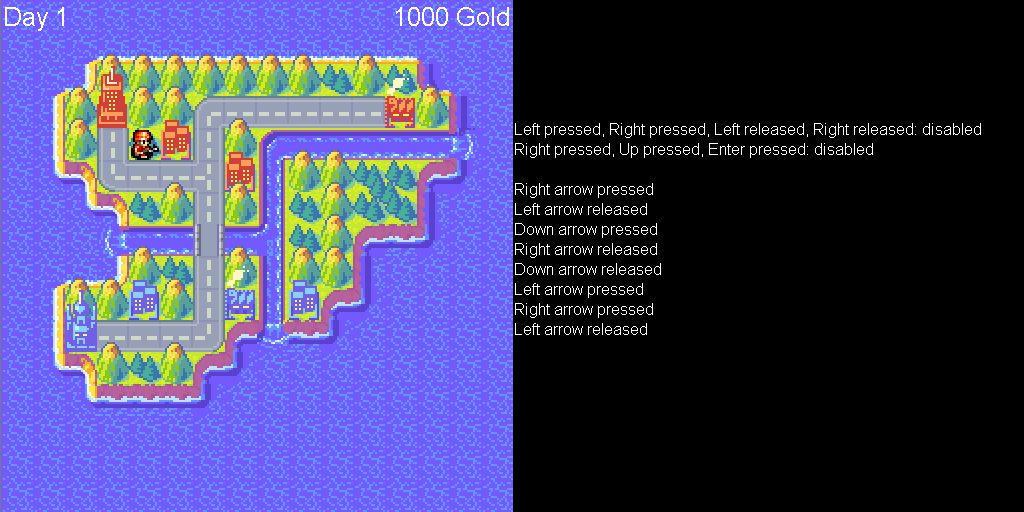
In this post, I add the keyboard management to the facade, and I propose a way to detect key sequences. These sequences are used, for example, in games like Street Fighter II, where characters move according to specific key combos.
Keyboard facadeI first design the keyboard facade. As …
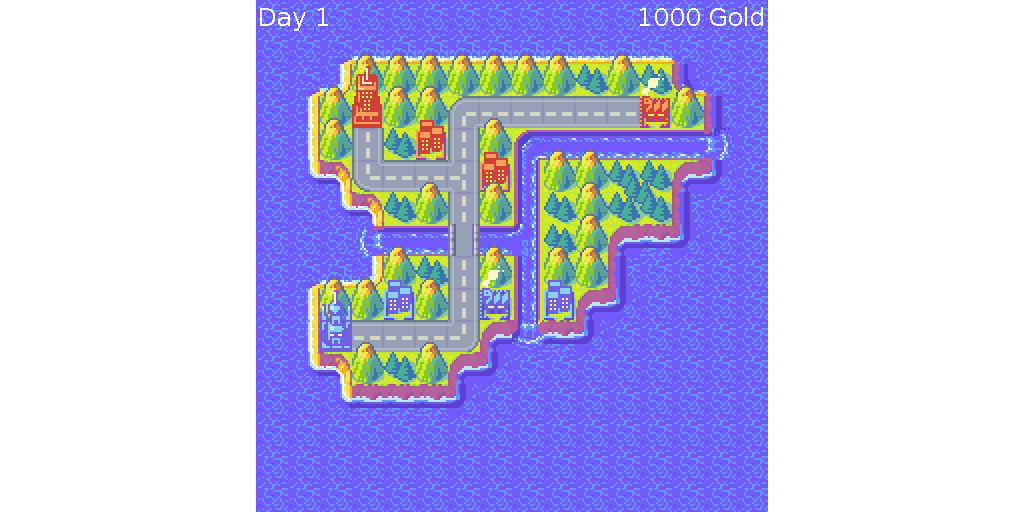
Graphic libraries usually provide methods to draw text on the screen. These handy methods are often quite slow to run because they recompute many parameters at each call. To save computational time, the flyweight pattern can be used to provide text parameters with low memory and cpu usage.
…
After loading a level, I now propose to add interaction with the use of a mouse. This will be an opportunity to see two other patterns: the Observer Pattern to handle mouse events, and the Game Loop Pattern for synchronization between controls, updates, and display.
This post is part of the…
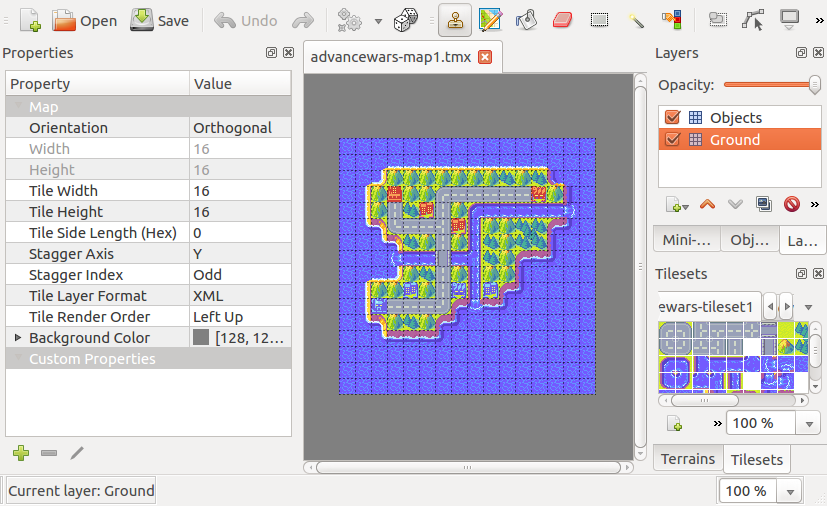
In this article, I propose to use the Visitor Pattern to easily load a level. The GUI facade in the previous post is used to display the level. This pattern allows (among other things) to easily browse a data structure to extract information. In our case, it is an XML file created by “Tiled Map …
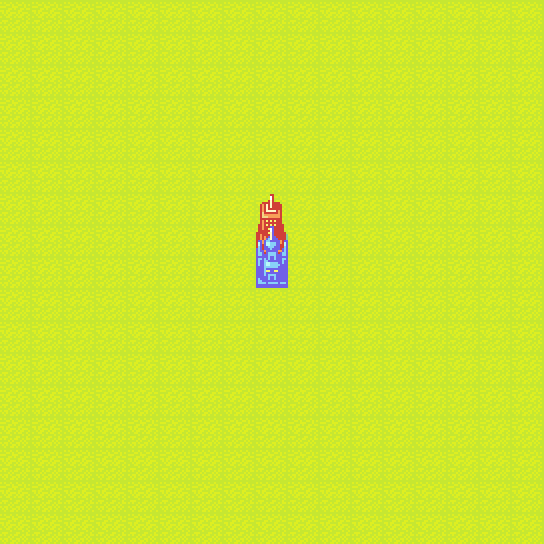
I continue the extension of the graphic facade (see previous article), with here the addition of a very classic form of drawing for video games: tiles. These make it possible to compose an image using small images called tiles. There are several types of tiles, I propose in this article the simp…

The facade seen in the previous article has only an interface with its methods. It is also possible to enrich a facade with additional interfaces, connected to each other by various means. To illustrate it, I propose to add image management. This addition also makes it possible to present anothe…

In this article, I propose to continue the design of a facade for a 2D tile game (previous post). I add two new features: creation/destruction of the window, and basic drawing. Each feature is managed by a batch of methods in a GUIFacade interface.
This post is part of the AWT GUI Facade ser…

In this series, I propose to discover the Facade Pattern. In short, this pattern defines an interface that allows a reduced and simplified use of a set of features. To illustrate, we design a facade of the AWT graphic library for a 2D tile game.
This post is part of the AWT GUI Facade series…



